What is the tolerance range of precision screws?
What is the tolerance range of precision screws?
Service Hotline
+86760-8787 8587We have more than ten years of production experience in the screw industry, the main products are: B1821 square head bolt, flange with washer nut, brass flat gasket, straight column, metric plug bolt, multi-axis traversing drone body frame, quick connect Ring connecting ring nut, British standard nut and nut, 30 type 40 type aluminum profile nut, black hardened hexagon socket head countersunk head screw, GB15855.1 rivet, O type screw, 32 inch knurled flat head rivet nut, nut processing manufacturer, GB901 screw and other fasteners, due to the different materials and specifications of the products, the prices are also different, if you need, please contact us.


3. Friction coefficient The friction angle is an important factor affecting the torque, and the existence of friction is the basis for the normal operation of the lock nut. When the lock nut is working, the contact surface has pressure and friction under the action of the elastic restoring force of the thread piece. During the repeated use, the rough position and edges and corners of the contact surface are ground and smoothed under the action of cyclic friction. The coefficient of friction becomes smaller, which in turn reduces the maximum unscrewing torque of the nut.
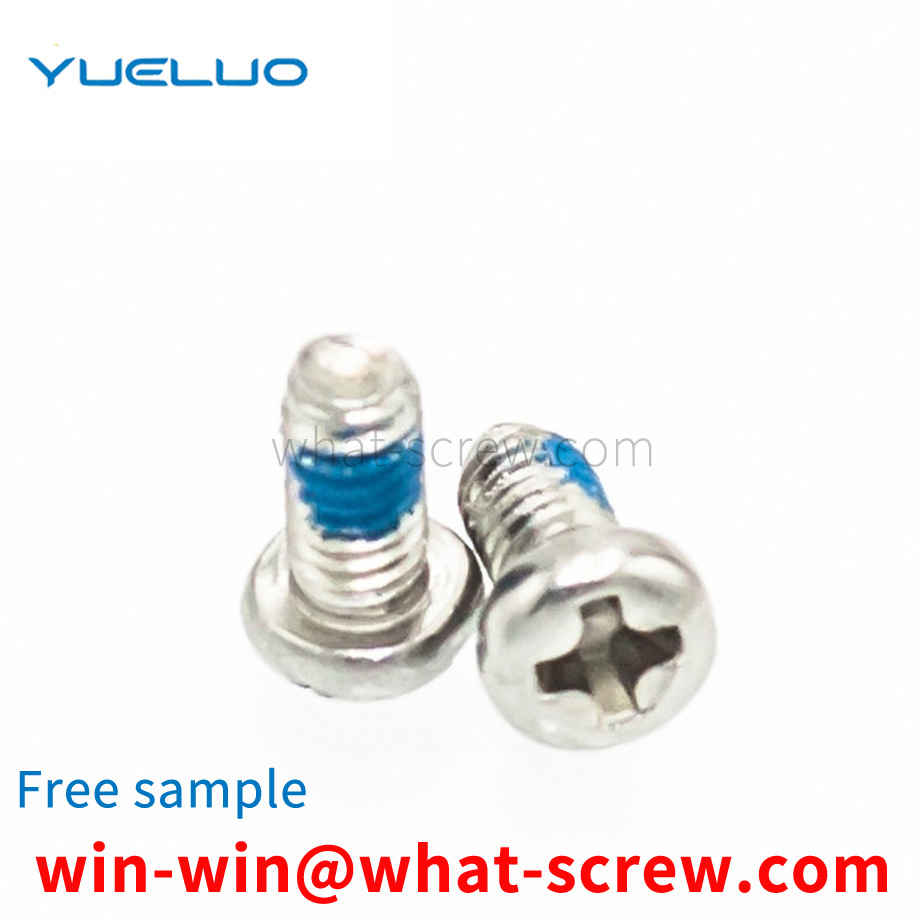
The anchor bolts of some metallurgical industrial equipment are detachable, that is, the anchor bolts are not directly anchored in the foundation concrete, but anchored in the T-bolt sleeve (T-bolt sleeve hereinafter referred to as sleeve) , The sleeve is constructed together with the foundation and anchored directly in the foundation. The T-bolt is inserted into the sleeve when the equipment is installed, and the T-bolt can be removed from the sleeve when the equipment is replaced.
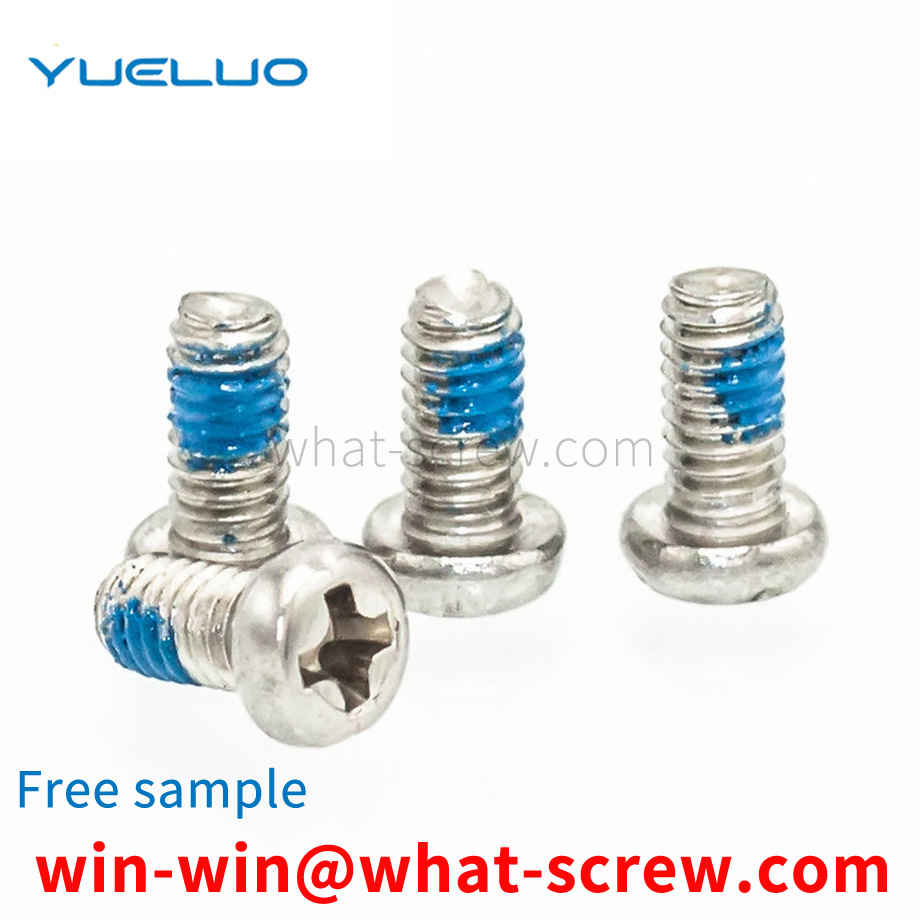
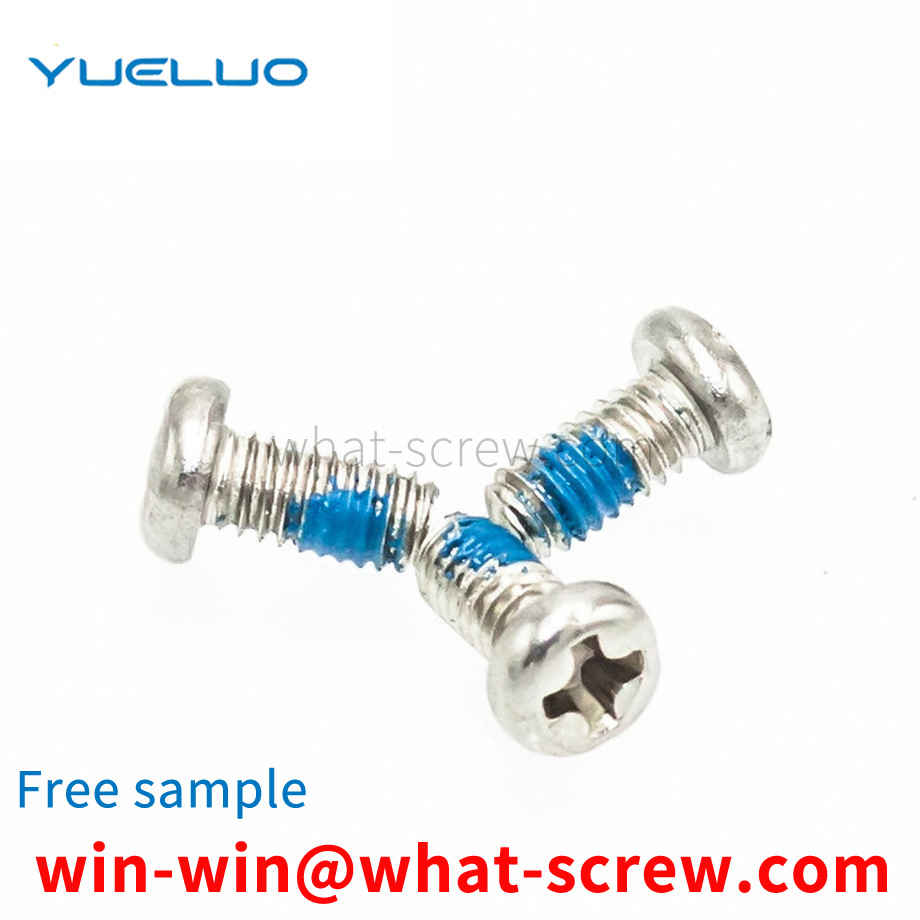
The development of a structure with simple production, reasonable structure and stable feeding is of great significance to the field of riveting automation. Technical realization elements: The purpose of this utility model is to overcome the deficiencies in the prior art, and to provide an automatic feeding device for pressure riveting nuts, which has a compact structure and a reasonable design, and can realize the automatic conveying of the pressure riveting nut on the pressure riveting die. Reduce the use of space, improve work efficiency and save labor costs. According to the technical scheme provided by the utility model: the automatic feeding device for riveting nuts, which is characterized in that: it includes an installation bracket, a connecting frame, a flap bracket, a material pushing cylinder, a material pushing block and a flap; the flap bracket is arranged on the installation Below the bracket and attached to the mounting bracket through the connecting bracket.
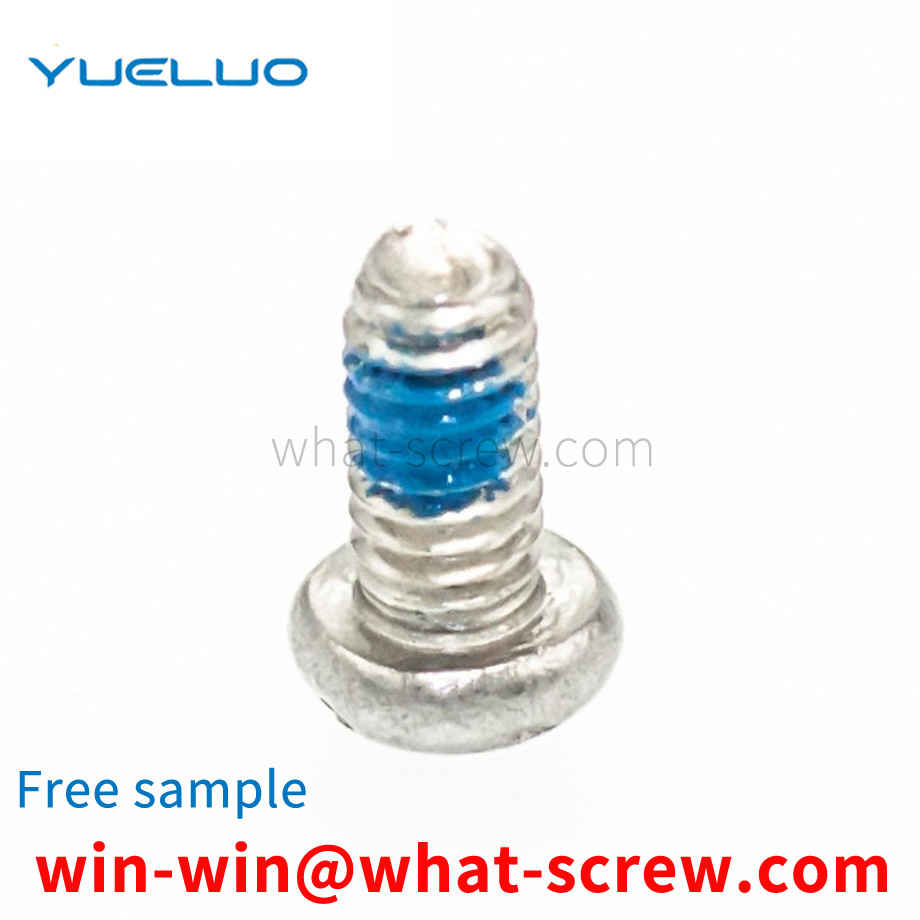
Anti-corrosion technology Stainless steel screws are made of metal, and there are four main methods for metal anti-corrosion, namely the properties of the material itself, the environment of use, the interface between materials and the environment, and the improvement of the metal structure design. If a complete anti-corrosion alloy is used to make stainless steel Screws, unless there is a special need, are not cost-effective in terms of economics, and it is also impractical to completely isolate the appearance of the screw from environmental elements that can cause corrosion. Improving the metal structure design can improve the influence of special circumstances under certain conditions, but the design of most stainless steel screws cannot be fully corrected, and its maintenance effect is not permanent, so this method cannot basically solve the problem, as long as it is on the surface. Top anti-corrosion, that is, surface anti-corrosion treatment is the most widely used method. The anti-corrosion treatment on the surface of stainless steel screws refers to the use of various methods to apply a protective layer on the metal surface. The purpose of avoiding or mitigating corrosion. The protection layer should be able to meet the following requirements: 1. Corrosion resistance, wear resistance, high hardness, 2. The structure is tight, intact, and the pores are small. 3. It has strong separation and good adhesion with the base metal. 4. It is evenly distributed and has a certain thickness. The maintenance layer is usually divided into two types: metal coating and non-metallic coating. Metal coating refers to the use of metal or alloy with strong corrosion resistance to form a maintenance layer on the surface of metal that is easy to corrode. This coating is also called plating. There are quite a few methods and varieties to produce metal coatings, the most common of which is electroplating, followed by molten metal immersion plating (hot dipping) and chemical surface treatment. Non-metallic coating refers to the use of organic polymer materials such as paint and inorganic materials such as ceramics to form a protective layer on the surface of metal equipment or parts. The protective layer can completely isolate the base metal from the environmental medium and prevent the base metal from corrosion due to contact. Corrosion is formed in the medium of stainless steel standard parts.
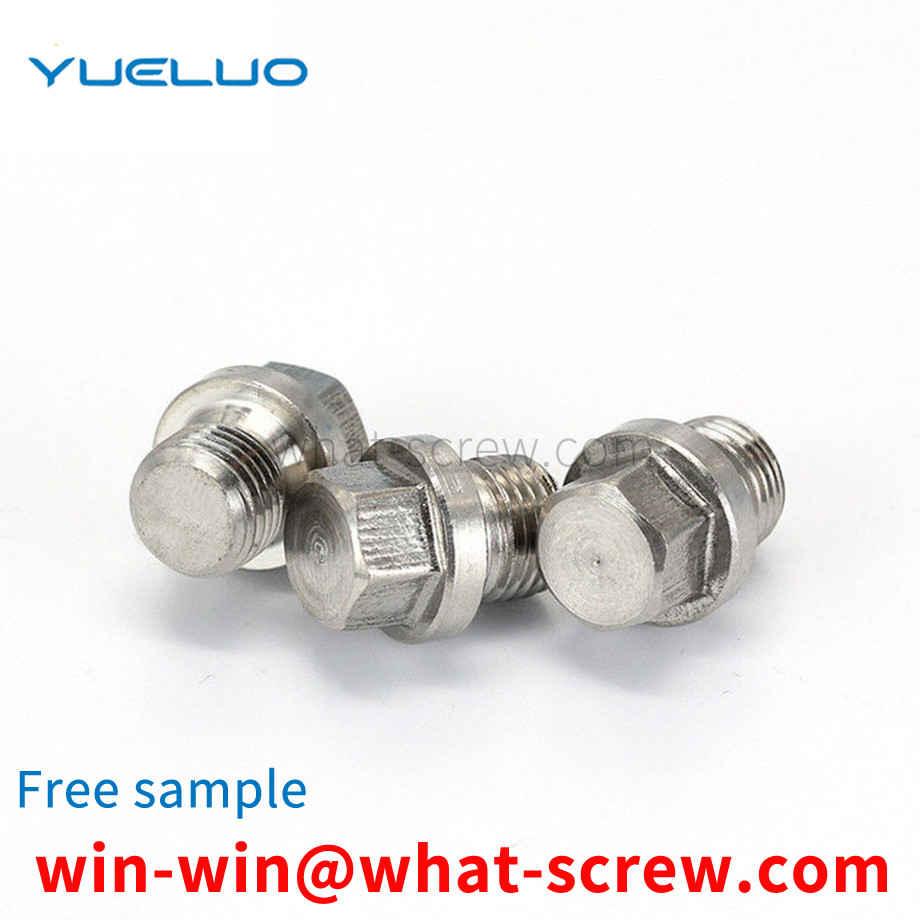
The above content is uploaded by Yueluo or the Internet. If there is any copyright issue, please contact [email protected].

What is the tolerance range of precision screws?

How to choose the right stainless steel screw manufacturer?

Why is there an R angle under the head of the hexagon head s...

We have more than ten years of production experience in the ...

We have more than ten years of experience in the production ...

We have more than ten years of experience in the production ...

We have more than ten years of experience in screw industry ...